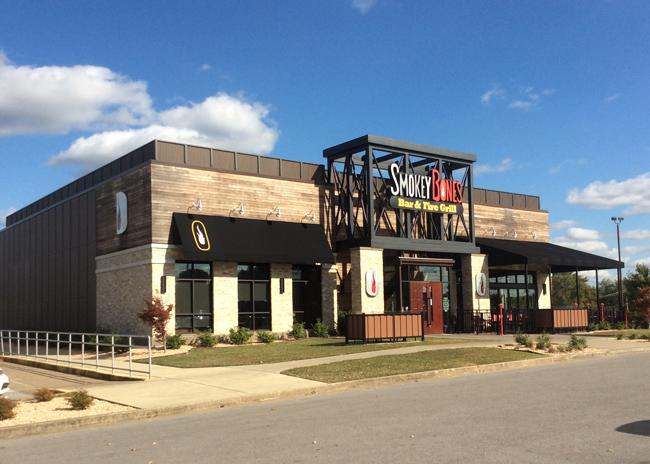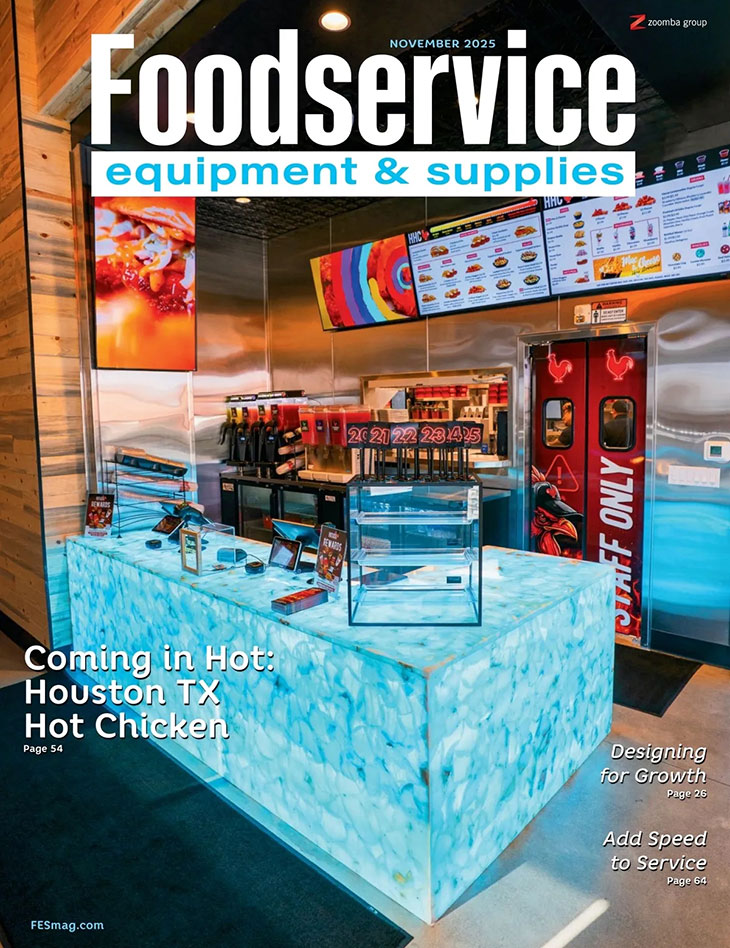Observations from The NAFEM Show. A c-store tests delivery robots. Plenty of mixed labor news. These stories and more This Week in Foodservice.
Panera underscores the importance of digital sales. A Chicago upstart reimagines grocery foodservice. A pizza chain test drives a “smart saucer.” These stories and more This Week in Foodservice.
Layers of labor issues abound. A new multiconcept operator forms a fast-casual portfolio. Making a go of it with grab and go. These stories and more This Week in Foodservice.
Lots of jobs data to digest. Jack in the Box makes news on two fronts. And a new study takes another look at exactly how many restaurant industry jobs robots could perform. These stories and more This Week in Foodservice.
A primer for The NAFEM Show. Middleby’s latest acquisition. Will the “Skip the Stuff” bill hurt sales of disposables in New York City? Foodservice operators must contend with return-to-work issues, too. These stories and more This Week in Foodservice.
The number of restaurants has declined. Breakfast is back. Plus, a look at how the humble hot dog epitomizes the challenges operators face with inflation. These stories and more This Week in Foodservice.
HTeaO and Kitchen Social get new investors, while BradyIFS expands its Chicagoland presence. Customer-facing technology continues to evolve but when will the back of the house become a focal point? These stories and more This Week in Foodservice.
Rising interest rates are spurring the exit of some longtime KFC executives. Loyalty programs are proving to be valuable to foodservice operators in today’s economy. Yum! Brands takes another step toward exiting Russia. RoboBurger plans to grow via some new funding.
Krystal unveils a drive-thru-only unit. McDonald’s has a busy year ahead. What does consumer credit say about the economy? Lots and lots of jobs data to parse. These stories and more This Week in Foodservice.
Plus, co-branding continues to grow in popularity. Dinner becomes the show in one Chicago neighborhood.
Freshii gets new owners. One operator bets on technology to improve efficiencies, while a restaurant technology company had to lay off some of its staff. Chick-Fil-A plans a new distribution center. FCSI adds to its Americas’ headquarters team. Tensions between Starbucks and its unions continue to percolate.
Lots and lots of jobs data to parse. Smokey Bones opens a virtual food hall. Robots get more personable. Line balk continues to impact drive-thru service—these stories and more this week in foodservice.
Consumers plan to let restaurants do at least some of the cooking this holiday season. Unattended retail is popping up in all sorts of places. Plus, a fitting homage for Colonel Sanders in Kentucky.
The NRA reported there was a very slight increase in the August Performance Index.
A James Beard Foundation survey shows what’s on chefs’ minds. The FAST Act faces a significant challenge. BradyIFS and Easy Ice each make two acquisitions.
Is the restaurant industry labor crunch starting to wane? The Small Business Administration is asked to forgive loans made during the pandemic. Hardee’s gets a brand refresh, while Portillo’s tests a cashless drive-thru. Plus, Chicago approves testing of food delivery robots. These stories and more This Week in Foodservice.
FAT Brands opens its first tri-branded unit. Challenging business conditions do not dampen restaurant operators’ spending plans. New owners for Swig. Jack in the Box has a healthy appetite for growth. These stories and more This Week in Foodservice.
The U.S. Census Bureau reported that total retail sales increased in August, as did sales at foodservices and drinking places. Starbucks begins introducing its numerous changes. Burger King will invest $400 million in updated restaurants and advertising over the next 2 years. These stories and a whole lot more This Week in Foodservice.
The growth of luxury brands continues. Are buffets back? Meet the chain that says yes. The National Restaurant Association reveals the top 10 trends that will shape the industry in 2023. These stories and more This Week in Foodservice.
A lot of people believe that the three major broadline foodservice distributors provide a quick look at what is happening in the field. If this is an accurate assessment, the market is doing well based on the big three’s most recent financial quarters.




















